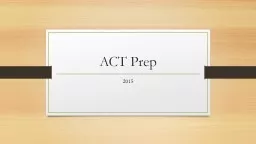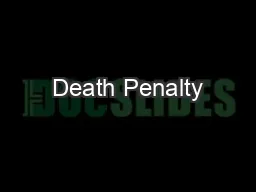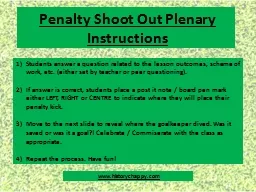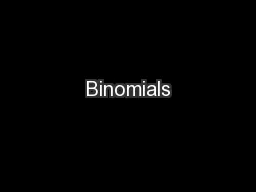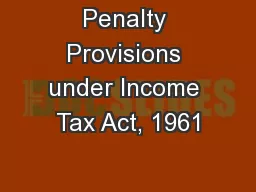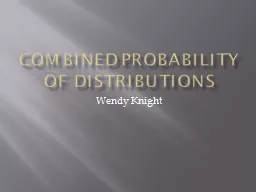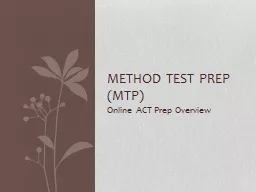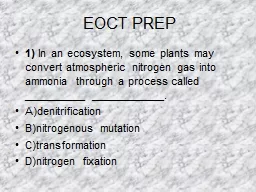PPT-ACT Prep 2015 Answer every question—there is no penalty for guessing!
Author : jane-oiler | Published Date : 2019-06-20
English Test Usage amp Mechanics 53 Punctuation 10 questions Grammar and usage 12 questions Sentence structure 18 questions Rhetorical Skills 47 Writing strategy
Presentation Embed Code
Download Presentation
Download Presentation The PPT/PDF document "ACT Prep 2015 Answer every question—th..." is the property of its rightful owner. Permission is granted to download and print the materials on this website for personal, non-commercial use only, and to display it on your personal computer provided you do not modify the materials and that you retain all copyright notices contained in the materials. By downloading content from our website, you accept the terms of this agreement.
ACT Prep 2015 Answer every question—there is no penalty for guessing!: Transcript
Download Rules Of Document
"ACT Prep 2015 Answer every question—there is no penalty for guessing!"The content belongs to its owner. You may download and print it for personal use, without modification, and keep all copyright notices. By downloading, you agree to these terms.
Related Documents

